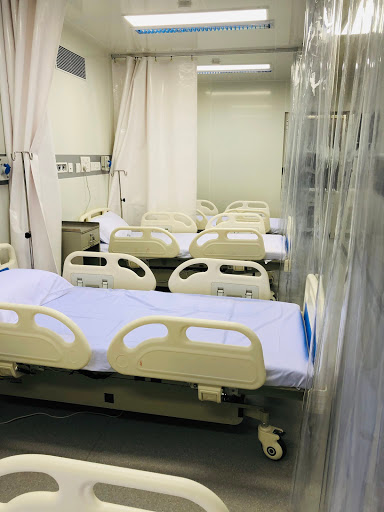As the country waits anxiously for the official launch of the coronavirus vaccine including those from Indian pharmaceutical companies, a survey of Rural India by Gaon Connection (GC) reveals that 44% of the respondent households were willing to pay for the vaccine. While 36% said they wouldn’t and 20% said they were not sure.
Of those willing to pay for the vaccine in rural India, two-third were open to shelling out less than Rs 500 for two doses and just 8% were comfortable paying Rs 1,000 more. Also, over than 33% respondents said their elderly parents would be the first to get vaccinated.The findings are a part GC’s third rural survey titled the ‘COVID-19 Vaccine and Rural India’. Conducted across 60 districts in 16 states and one union territory, the face-to-face rapid survey comprised a sample size of 6,040 households and was conducted between December 1 and December 10, 2020.
The survey also asked rural citizens if the government had to prioritise vaccination, who should be given the top priority to which 43.5% respondents said it should be the doctors and nurses.
The GC survey also showed that over 51% respondents believe the COVID-19 disease was a “conspiracy by China”, 22% said it was due to failure of people to take precautions and 18% felt the government failed to contain the spread.
While jobs and incomes were impacted, half of the survey respondents said spend on buying / consuming packaged immunity boosting products viz. Chyawanprash, Giloy, Kaadah, Vitamin tablets, etc. has increased during the pandemic. That’s not all, the coronavirus outbreak altered the food habits of rural citizens. Almost 70% stopped eating outside food, over 33% were consuming more vegetables and 30% were having more fruits in their daily diet.
Around one-fourth of the total respondent households reported that samples from at least one member of their household was taken for the testing of COVID-19. The proportion of such households was the highest (42.6%) in the east-and-northeast zone, whereas it was the lowest in the north zone (10.9%).
Of the 25.9% respondent households who reported their family member(s) getting tested for COVID-19, more than half, that is 59%, said at least one person in their household had tested positive for the coronavirus. Overall, 15% of the total 6,040 respondent households reported at least one person in their household/friend circle testing positive for COVID 19.
Overall, some 15% rural households reported at least one person in their household / friend circle testing positive for COVID 19.
Those keen for more details on the survey can download the full report published under the title ‘The Rural Report 3: COVID-19 Vaccine and Rural India’ from www.ruraldata.in.
(The writer is a Mumbai-based independent business journalist and has extensively covered diversified consumer businesses over the last two decades. He can be reached at hello@ashishktiwari.com)






